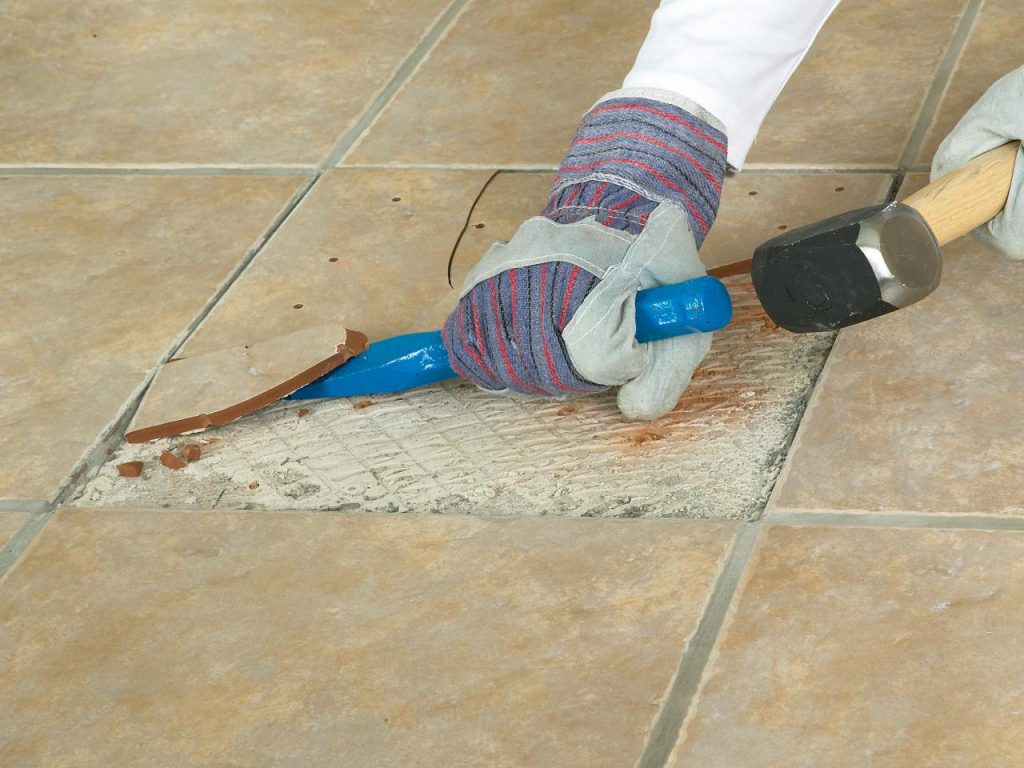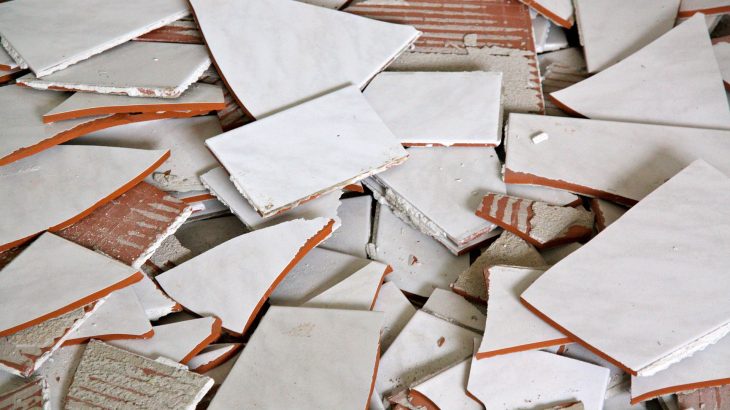When it comes to renovating a room, tiles are one of the most important aspects to consider. As such a prominent feature in a home, tiles serve both a functional and decorative purpose so it is important to avoid tiling mistakes. As a wholesale supplier of tiles and tiling equipment, we know the common tiling mistakes which often catch out the most experienced tilers. To ensure your next tiling project goes smoothly, we have compiled this useful guide to the top tiling mistakes and how you can avoid them.
1. Not ordering enough tiles
Ordering the correct amount of tiles is essential, as falling short will cost you both time and money, not to mention it may be difficult to find an exact match at a later date. Calculate the area to be tiled in square metres by multiplying the length by the width, then depending on the size of your tiles you can calculate how many you need to cover a single meter. In addition, you should always allow for breakages and mishaps during the project, with an extra 10% added to your calculation.
2. Choosing the wrong tile size
There are so many potential tile sizes available, from small metro tiles through to large format tiles, and it can be difficult to decide which is the ideal choice. Although small tiles tend to be easier to fit into small spaces, the increased number of grout lines can make a small room seem even smaller. If in doubt, ask your tile supplier for their recommendations for your space.
3. Not planning the tile layout
Although it can add time to the start of the project, taking the time to layout a mock-up of your design before diving straight in will prevent potential tiling mistakes. Not only will you be able to see whether you have the right number of tiles, but you will be able to see whether they fit and where you will need to make cuts. This is especially important when tiles are laid in intricate patterns, such as the herringbone style which is particularly popular at the moment.

4. Cracking tiles when cutting
There are some tiles which are more prone to cracking when cutting, which can end up being wasteful, expensive and time consuming. To prevent tiles from cracking it is important to use the correct tools, such as a diamond wet saw. Applying a slow and even pressure will create a precise cut and minimize the risk of cracking as much as possible.
5. Not using tile spacers
One of the most important points when laying tiles is ensuring that the tiles are evenly spaced and level. There are a variety of tile spacers available, each designed to guarantee an even finish every time.
6. Failing to prepare surfaces correctly
This is perhaps the most common tiling mistake, as the surfaces need to be level and free from any dirt or debris. Before making a start on tiling, you should remove anything which is protruding such as old nails and screws. Then, repair any issues with the plaster using a specialist tile levelling product. Finally, sand the surface to remove any small imperfections which protrude by more than 4-5mm and clean away any dirt, dust or grease.
7. Using the floor or skirting board as a guide
Although the floor or skirting board may seem level, it is unlikely they offer the perfectly level surface you need for a guide. By starting your tiling at floor level, you could be in for a shock as you work you way upwards. Instead, start at the centre of the area and use a straight wooden batten as a guide. Not only will the batten ensure tiles are straight both vertically and horizontally, but it will prevent any movement whilst the adhesive sets.
8. Using the wrong type of tile adhesive
It is vital that the correct tile adhesive is used, and there are various choices available to suit different surfaces, rooms and tiles. For example, if you are installing tiles in a wet room on top of a tile backer board, you will need a waterproof adhesive with a high flex rating.
9. Using the ‘dot and dab’ technique when applying tile adhesive
This technique involves a dot of adhesive being dabbed onto the corner of each tile before it is fixed to the surface, rather than applying an even layer of adhesive to the substrate with the tile then fixed on top. The dot and dab technique may save time, but there will be gaps where the centre of the tile is not fixed to the surface, which can lead to problems with moisture damage and poor adhesion.
10. Not using the correct trowel
You should always use a notched trowel to create grooves which are designed to suction the tiles into place, so that no gaps are left behind the tile for water ingress. Not only will adhesion be improved, but it will also be much easier to create a smooth and level finish. In general, the larger the tiles, the larger the notches on the trowel will need to be.

11. Using the wrong grout colour
Not only will the grout colour have an impact on the overall appearance of your tiles, but it could even damage the tiles. If you are using natural stone, terrazzo or encaustic tiles, it is recommended that you use a lighter grout colour, as a dark grout can gradually stain the natural pores within the tiles.
12. Rushing the grouting stage
Once the adhesive is fully set, grout should be applied to the tiles slowly and carefully to ensure that all gaps are evenly filled. If grout is applied to early, moisture could be trapped below the tile surface with no way to escape through the tile gaps. Wait for the adhesive to set and spread the grout slowing to avoid leaving voids, then wait for it to set before wiping excess grout away. If you need to fill bumps or ridges in the first layer of grout, add a small amount to the grout float and apply in a thin layer to the area.
13. Failing to seal tiles correctly
Finally, do not let your hard work be in vain with poor sealing. If you have installed natural stone, terracotta, encaustic or crackle glaze tiles, you will need to add a layer of sealant to protect against staining and fading. The first coat should be applied before grouting, with the second layer applied once the grout has been cleaned.



















